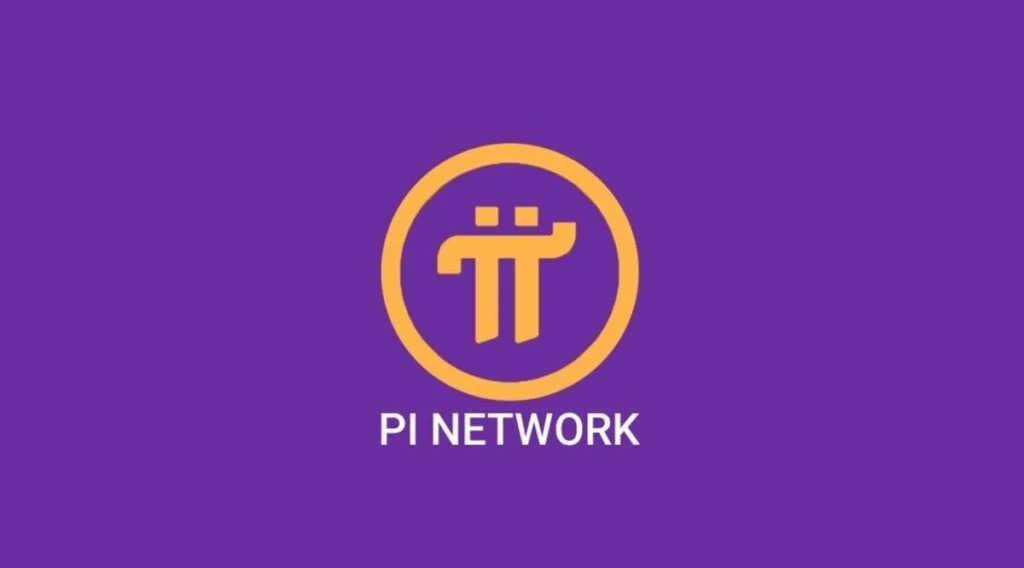Pi Network Faces Headwinds as Token Unlocks Threaten Market Stability
08.05.2025 14:00 1 min. read Alexander Stefanov
Once a rising star in the crypto world, Pi Network is now under pressure as its token unlock schedule threatens to overwhelm market demand.
As trading interest fades and liquidity thins, the months ahead could be crucial for the project’s survival.
Data from PiScan shows that between May and July, over 668 million Pi tokens are set to be unlocked—more than in any other period before September 2027. At the same time, Pi balances on centralized exchanges have soared past 387 million, indicating many holders may be preparing to sell. Bitget and OKX alone control more than 60% of those exchange-held tokens.
Yet, market activity is drying up. Daily trading volume has plunged 96% from its launch highs, falling from $1.3 billion to just $45 million, signaling a serious decline in buying interest at a time when supply is about to flood the market.
Despite these warning signs, optimism lingers among Pi’s most devoted supporters. Unverified claims that Binance may list Pi soon have rekindled some enthusiasm, as has the anticipated appearance of founder Nicolas Kokkalis at Consensus 2025. Recent integrations with Chainlink and Telegram’s crypto wallet are also being viewed as steps toward broader utility.
For now, Pi trades quietly at $0.66, with traders cautiously watching whether fundamentals or hype will dictate its next move.
-
1
First-Ever Staked Crypto ETF Set to Launch in the U.S. This Week
01.07.2025 9:00 2 min. read -
2
LINK Stuck Below $15 as Whales Accumulate and Retail Stalls, CryptoQuant Reports
03.07.2025 19:00 2 min. read -
3
Crypto Inflows hit $1B Last Week as Ethereum Outshines Bitcoin in Investor Sentiment
07.07.2025 20:30 2 min. read -
4
Sui Price Prediction: SUI Surpasses BNB and HYPE Trading Volumes in June – $10 by July?
02.07.2025 18:40 3 min. read -
5
Ethereum Price Prediction: ETH Ongoing Accumulation Favors Bullish Outlook – Can It Rise to $5,000?
08.07.2025 16:35 3 min. read
Dogecoin Soars 11% as Bit Origin Bets $500M on Meme Coin Reserves
Dogecoin posted an 11% surge in 24 hours, powered by institutional moves, bullish chart signals, and growing altcoin momentum.
Dogecoin Price Prediction: DOGE Volumes Nearly Double – Can It Get to $1 In This Cycle?
Dogecoin (DOGE) has gone up by 10% in the past 24 hours and currently sits at $0.2360 as the top meme coin is playing catch-up with newcomers to maintain its leadership. In the past 30 days, DOGE has shined as it has delivered gains of 40.5%. Trading volumes in the past day have surged by […]
Binance to Support Maker (MKR) Token Swap and Rebranding to Sky (SKY)
Binance has officially announced its support for the upcoming token swap, redenomination, and rebranding of Maker (MKR) to a new token named Sky (SKY).
Top 10 Trending Cryptocurrencies, According to CoinGecko
As of July 18, 2025, the cryptocurrency market continues to showcase sharp volatility, led by meme tokens, Layer 1 innovations, and key large-cap assets.
-
1
First-Ever Staked Crypto ETF Set to Launch in the U.S. This Week
01.07.2025 9:00 2 min. read -
2
LINK Stuck Below $15 as Whales Accumulate and Retail Stalls, CryptoQuant Reports
03.07.2025 19:00 2 min. read -
3
Crypto Inflows hit $1B Last Week as Ethereum Outshines Bitcoin in Investor Sentiment
07.07.2025 20:30 2 min. read -
4
Sui Price Prediction: SUI Surpasses BNB and HYPE Trading Volumes in June – $10 by July?
02.07.2025 18:40 3 min. read -
5
Ethereum Price Prediction: ETH Ongoing Accumulation Favors Bullish Outlook – Can It Rise to $5,000?
08.07.2025 16:35 3 min. read


